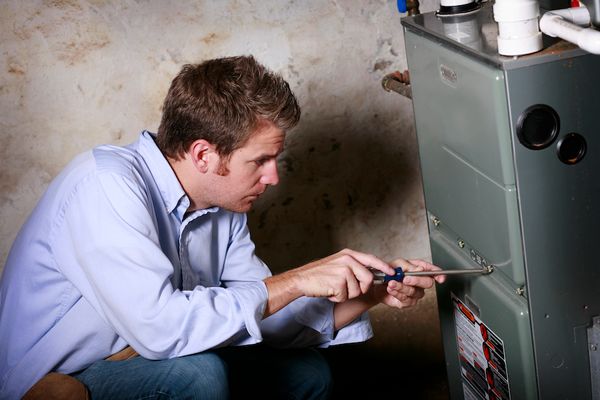Recognizing Signs and Symptoms Your Furnace Needs Repair

Knowing when your furnace needs repair can save you from the discomfort of enduring a cold winter night without heat. With the help of furnace repair experts, you can spot signs and symptoms early, confirming that minor issues don’t escalate. Here are some key indicators to watch out for:
Unusual Noises
Unusual noises can range from clicking, deep rumbles, high-pitched squeals to strange rattling or banging noises. A clicking noise can suggest a faulty flame sensor or an issue between the ignition and the gas. Deep rumbles could be signs of dirty gas burners or a pilot light that needs adjustment. High-pitched squealing sounds may be due to a blower belt problem. Rattling, popping, or banging sounds are often warning signs of a general mechanical issue, as furnaces have many moving parts and belts. Odd noises can also indicate problems with the fan belt or the blower motor’s bearings.
Rising Energy Bills
As a furnace ages or develops issues, it needs to work harder to provide the same level of heating, leading to increased energy consumption. This inefficiency is often reflected in your gas and electric bills. Worn-out internal parts, a faulty thermostat, or blocked filters could be potential causes. A sudden spike in energy costs without a corresponding increase in usage is a clear sign of decreased furnace efficiency.
Monitor your energy bills and note any unexplained increases. An inefficient furnace not only costs more to operate but can also lead to uneven heating and reduced comfort. If you notice a significant rise in your energy bills, consider having your furnace inspected by a furnace repair expert to diagnose and address the issue promptly.
Uneven Heating
Uneven heating issues can result from various causes, such as ductwork problems, blockages, or a thermostat’s inability to communicate with the heating unit. If some rooms are consistently colder than others, it indicates that your furnace is not working optimally. Leaky ducts or reduced heating power due to an aging system can also contribute to uneven heating. Regularly adjusting and checking the filters, refrigerant levels, and airflow can help identify the problem.
Frequent Cycling
Frequent cycling means your furnace turns on and off repeatedly in a short period. This issue can lead to increased energy consumption, inconsistent heating, and potential damage to the furnace. The causes of frequent cycling can vary from a dirty or corroded flame sensor, an old or clogged pilot light, a faulty thermostat sensor, or a defective control board. If the flame sensor fails to register the flame, it will turn off the gas valve, causing the system to shut down prematurely. An improperly adjusted thermostat can cause the furnace to over-cycle, running more often than necessary.
Poor Air Quality
A malfunctioning furnace could circulate dust, bacteria, and other particles, leading to a drop in indoor air quality. This can result in allergy symptoms, colds, or other respiratory issues among household members. The culprits can range from dirty or worn-out air filters and clogged ducts to gas leaks from the furnace itself. These conditions can affect the air quality.
If you notice increased dust accumulation, unusual odors, or heightened allergy symptoms, it might be time to have your furnace inspected and repaired. Regular maintenance, including replacing filters and cleaning ducts, can help prevent these issues and promote a healthier indoor environment.
Work With a Furnace Repair Specialist
Working with a furnace repair expert promotes timely and efficient service. They can accurately diagnose issues, preventing small problems from escalating into major repairs or replacements. This leads to cost savings in the long run. Experts also uphold safety standards, reducing risks of accidents or damage to your home. They can provide personalized advice on maintenance and operation, helping you optimize your furnace’s performance and lifespan.



